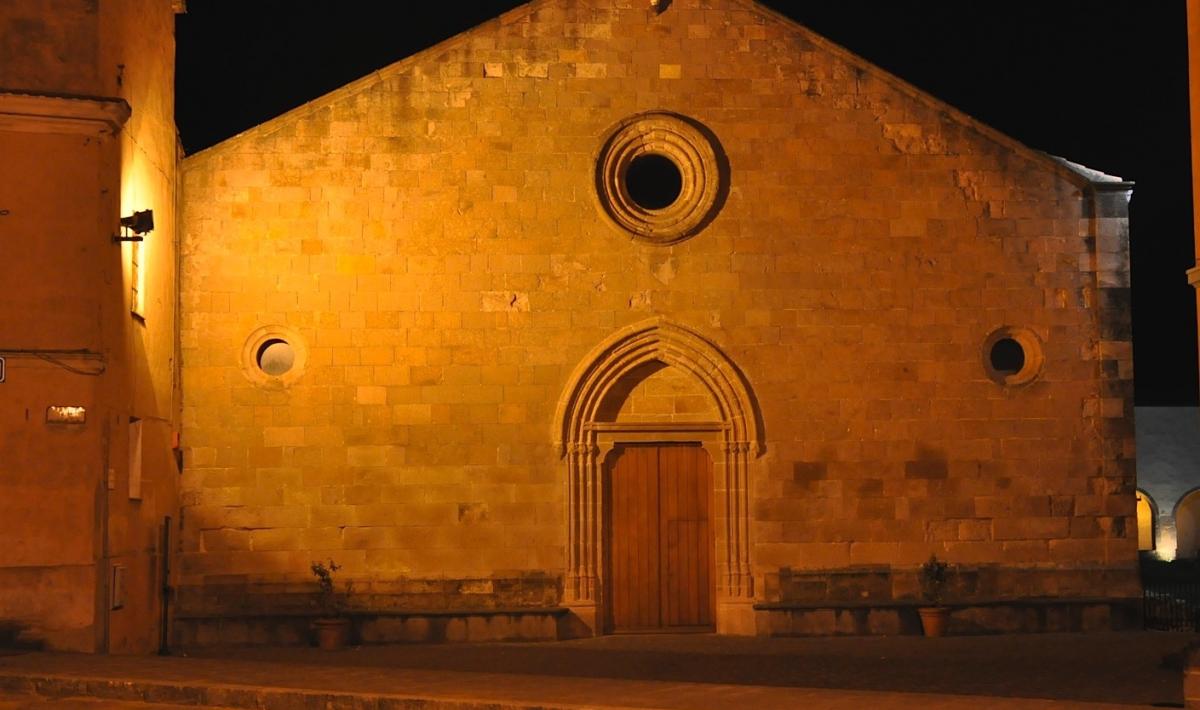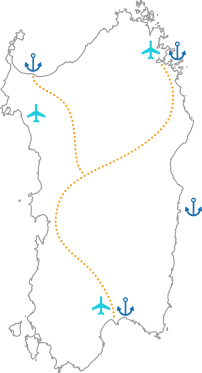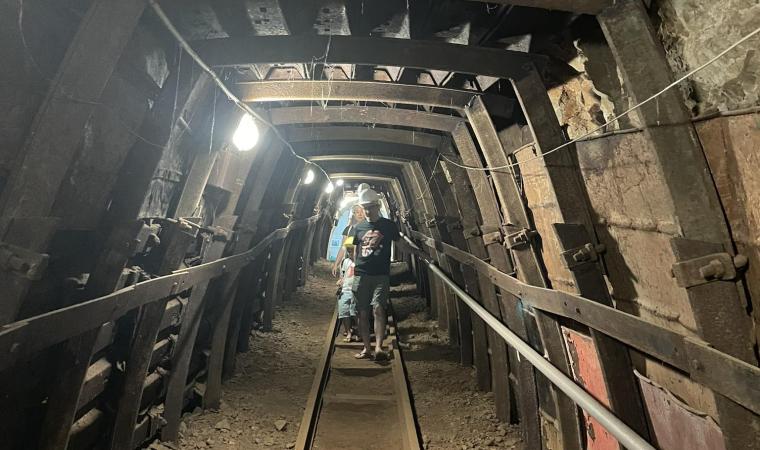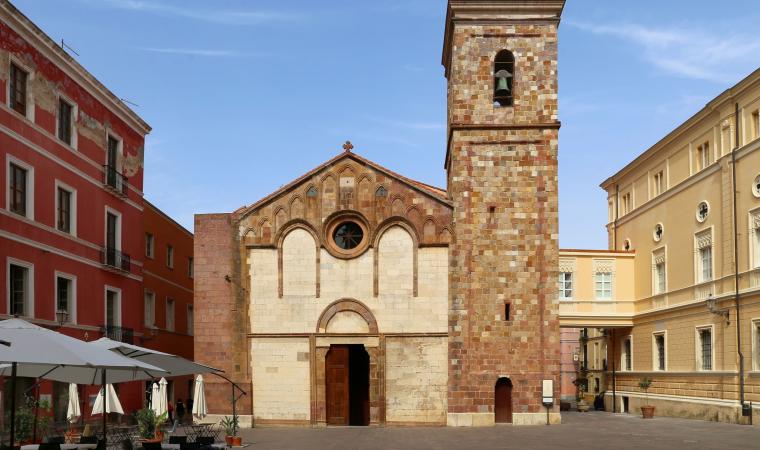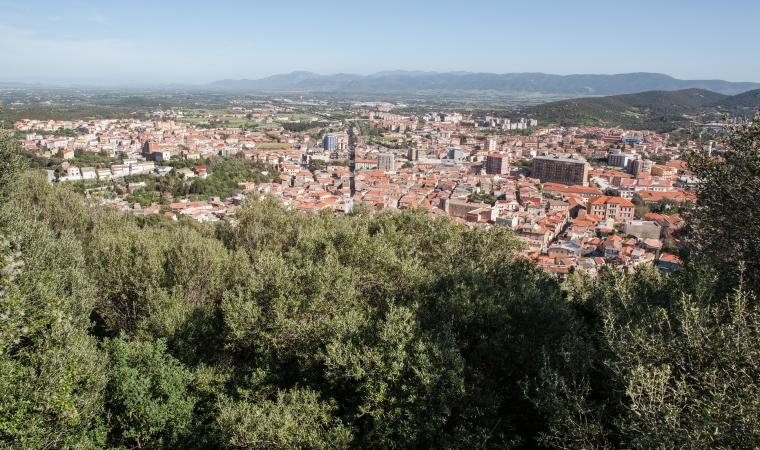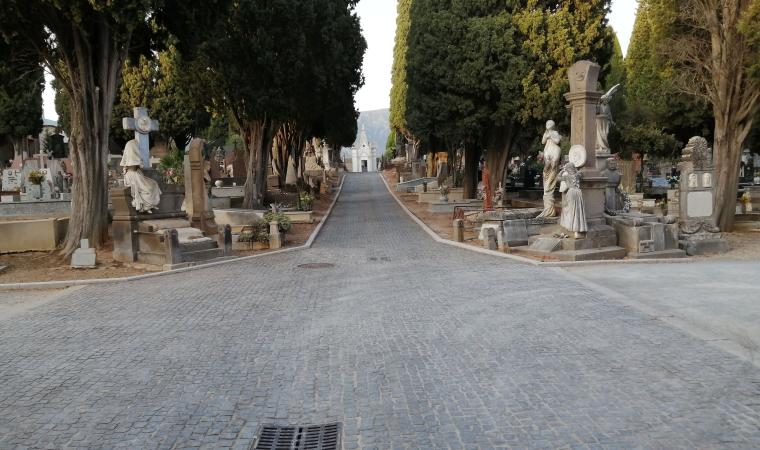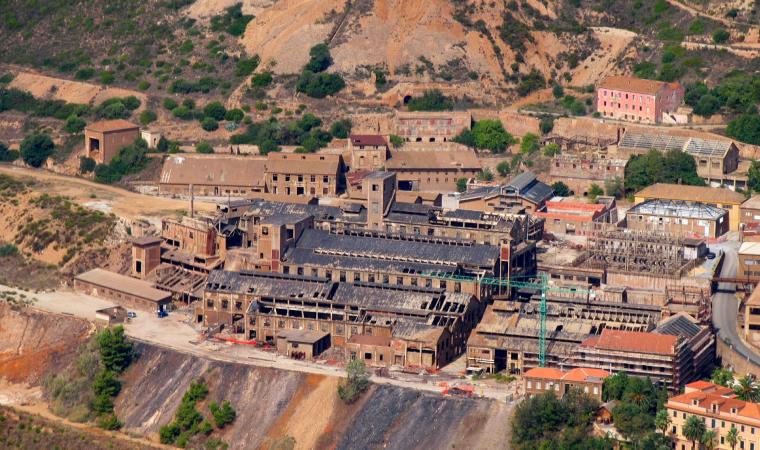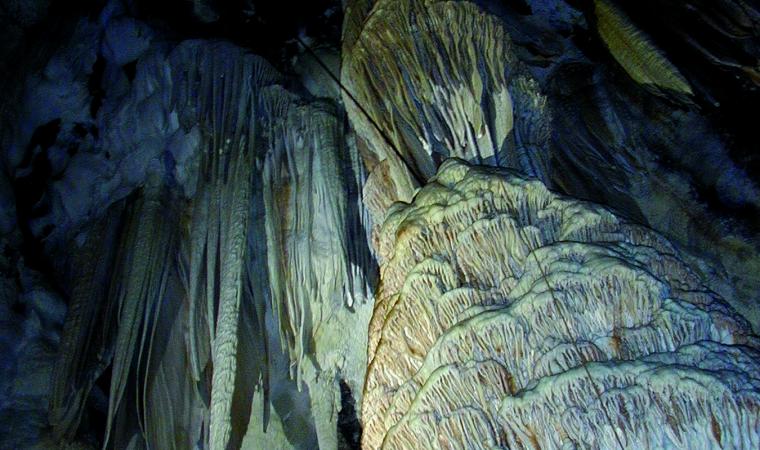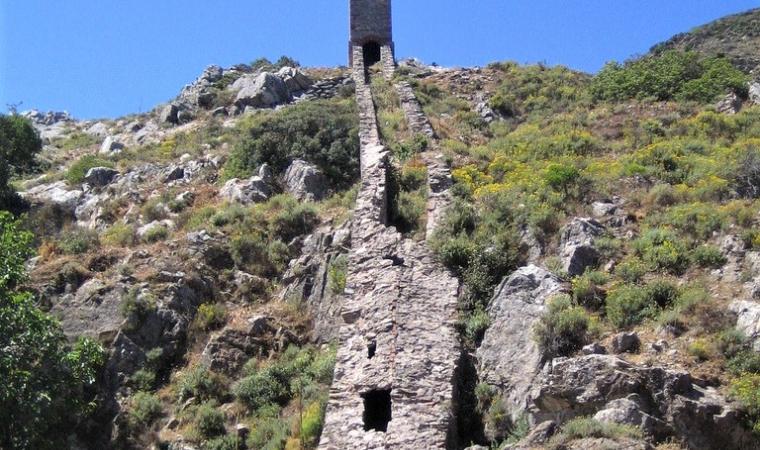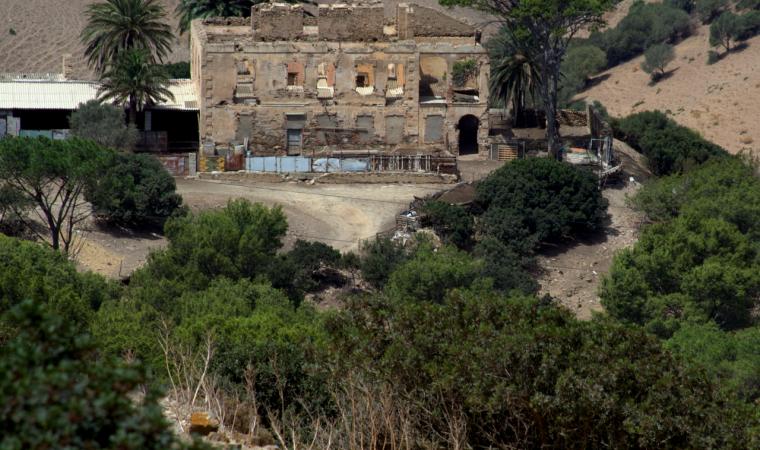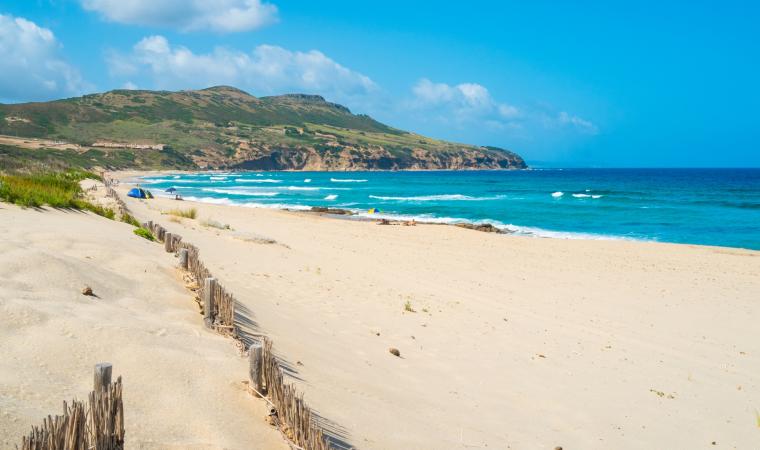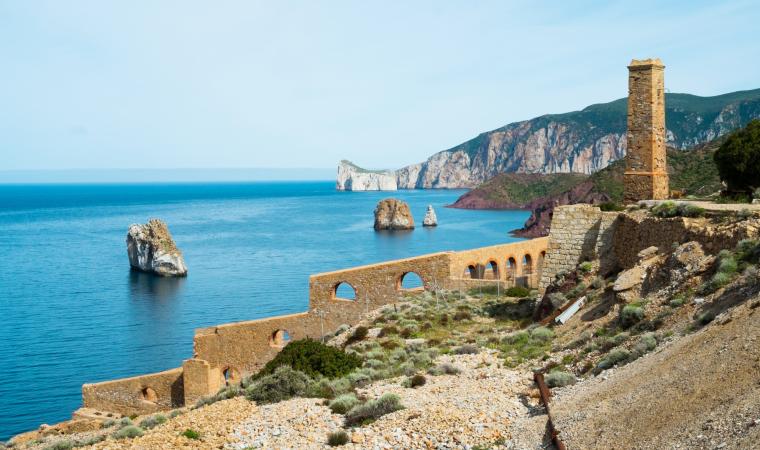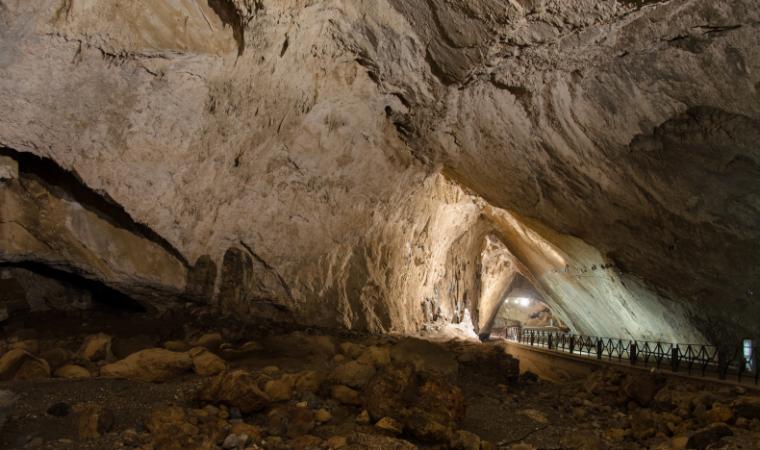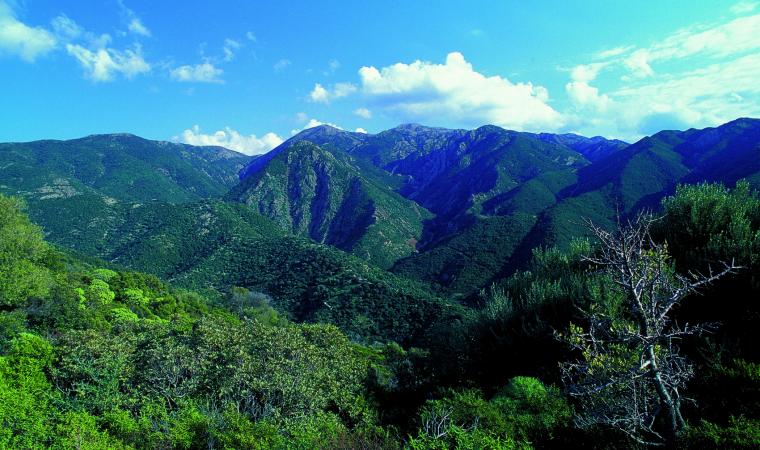There is no certainty about when the Franciscans arrived in Iglesias: according to one theory they were already present at the time of the Pisan domination, while others think that they arrived after the power was seized by the Aragonese Crown (1324), which imposed the religious order it preferred on the city. In both theories, the first building of the Church of San Francesco, one of the main examples of Gothic-Catalan architecture in Sardinia, must have emerged later. It is not even clear whether or not it was constructed on pre-existing Benedictine structures. In any case, the present-day building is a 16th-century renovation, with subsequent interventions that did not change its general appearance. A few engravings of decorative elements are helpful in confirming its origin: a capital and a holy water font show the date 1558, while the year 1584 appears in the chapels on the sides of the presbytery.

